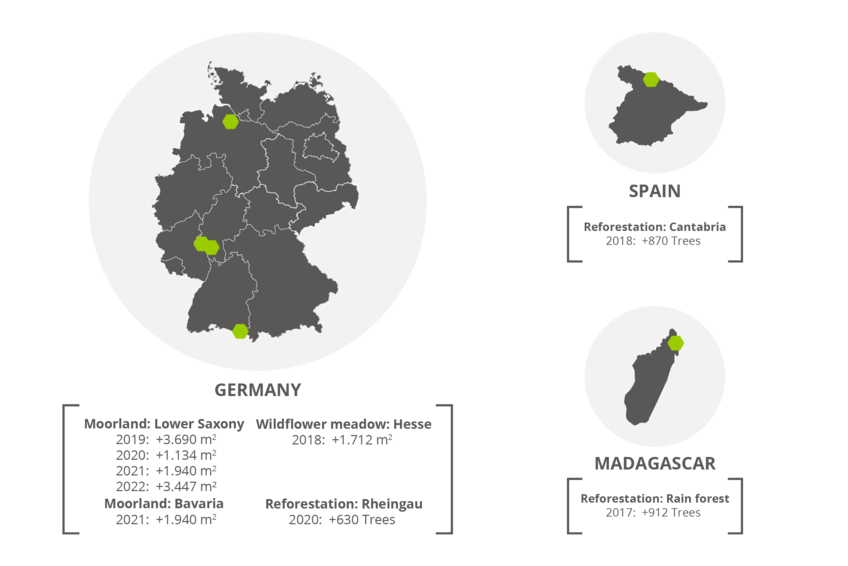Together for a greener world: Our path to sustainability
What can be more efficient than preserving the precious resources that are already available? At syracom, we made a firm decision back in 2012 to focus consistently on sustainability in all areas. In our syracom environmental guideline, you can learn more about what sustainable management means to us in detail.
In 2017, in collaboration with our partner Naturefund, we developed an innovative process that allows us to calculate our own carbon footprint. Since then, we always know where we stand and can adjust our business activities accordingly. In the last few years, we have initiated so many nature conservation projects in the process that our most important goal has been achieved: we operate in a CO2-neutral manner and are proud holders of the Blue Planet Certificate.
Best of all, our method also allows your company to easily calculate your own carbon footprint. We are also happy to support customers in this. The syracom carbon footprint is created in just three steps.






